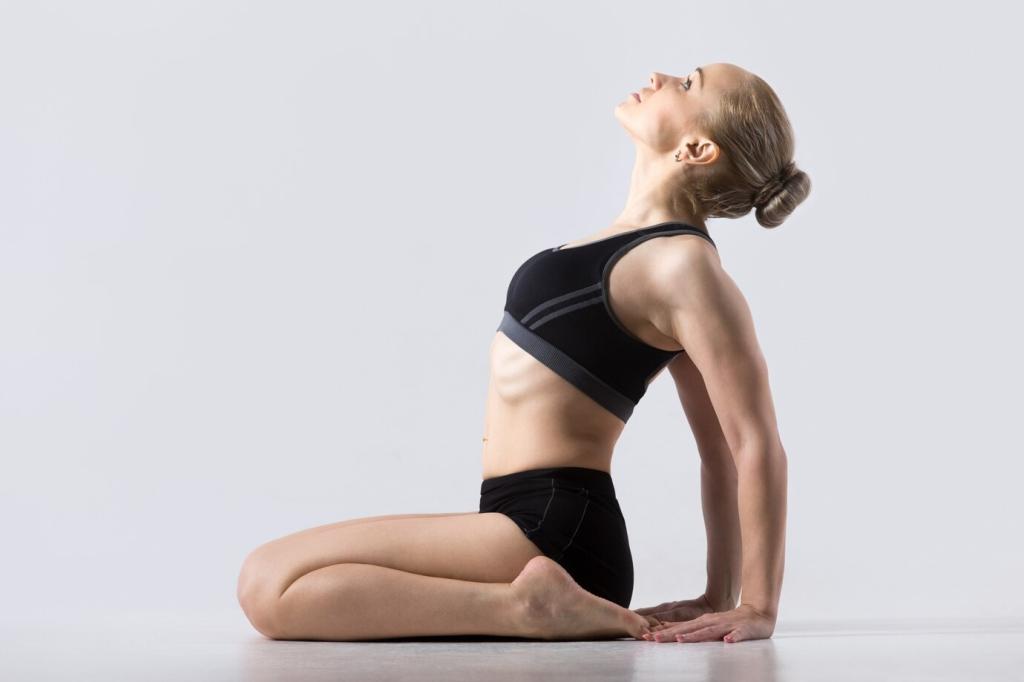Alignment and Breath: Your Built-In Safety System
Tip from hips, not from your spine. A neutral pelvis protects the lower back and shifts sensation into hamstrings where it belongs. Slightly bend knees, lengthen the belly to thighs, and prioritize spinal length over grabbing your toes.
Alignment and Breath: Your Built-In Safety System
Match movement to slow, even breaths. If your inhale shortens, you may be pushing past a wise edge. Try three-breath holds in early rounds, five in later rounds, letting your breath be the moderator and your safest teacher.





